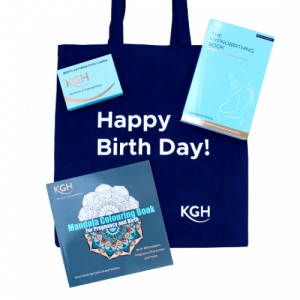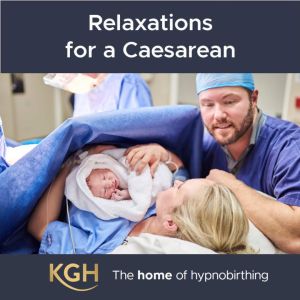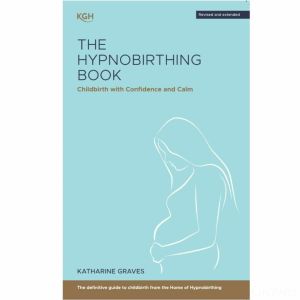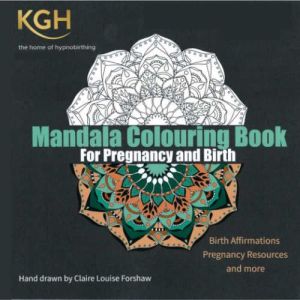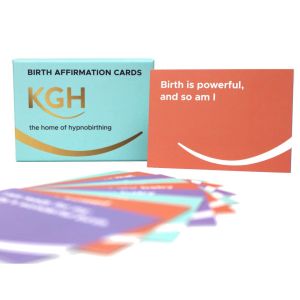Before they’re pregnant, many women think they’ll take the ‘soft option’ and have a caesarean. Then when they become pregnant their hormones do somersaults and they find that all they want is to do the best thing for their baby. At this point the internet comes into its own, and they search for information under ‘caesarean’ and find that maybe it’s not the soft option they had thought, either for themselves or for their baby. Everyone would acknowledge that a caesarean is a wonderful operation, relatively safe, and a lifesaver in an emergency, but the current rate in the region of 25% is excessive.
So what else is there to help with relaxation and pain relief in labour?
First there is an epidural, where an anesthetic is introduced into the spinal cord. The upside of this is that a woman can remain conscious and at the same time receive pain relief. On the down side, the lower half of her body becomes numb so it can be impossible to feel when to push. As a result, the pushing becomes much less effective which may mean that birth has to be assisted by a vantouse delivery, forceps, or even a caesarean.
Another possibility is an injection of pethidine. This makes the mother calm and sleepy which interferes with the perception of labour pain. Unfortunately the drug crosses the placenta and also makes the baby sleepy and can inhibit its breathing at the beginning of life. It takes far longer for the drug to work its way out of the baby’s system than out of the mother’s.
Gas and air is a mixture of nitrous oxide which can be inhaled as needed. The administration is easy and is entirely under the mother’s control.
The greatest progress in recent years has been the use of HypnoBirthing to give a calm, gentle, more comfortable, and often pain free birth. It assists the mother to remain relaxed throughout the child-birth process, and is routinely demonstrated to give extensive pain relief during labour. HypnoBirthing is a course of two full day or four evening classes for both parents in which the father has an important role to play. It is a method which is becoming increasingly popular and its fame is spreading by word of mouth. The effect it is having on the practice of midwifery is remarkable, and there are other classes being devised that copy the original method.
Michel Odent, the French obstetrician at the vanguard of obstetric practice, remarked that birth is a natural process and the important thing is not to disturb it. He is also quoted as saying: ‘Never, never disturb the neocortex of the labouring woman’, so any method that allows a woman to remain calm, relaxed and be naturally in control during labour is entirely beneficial both for her and for her baby.
Text from an Article by Katharine Graves

